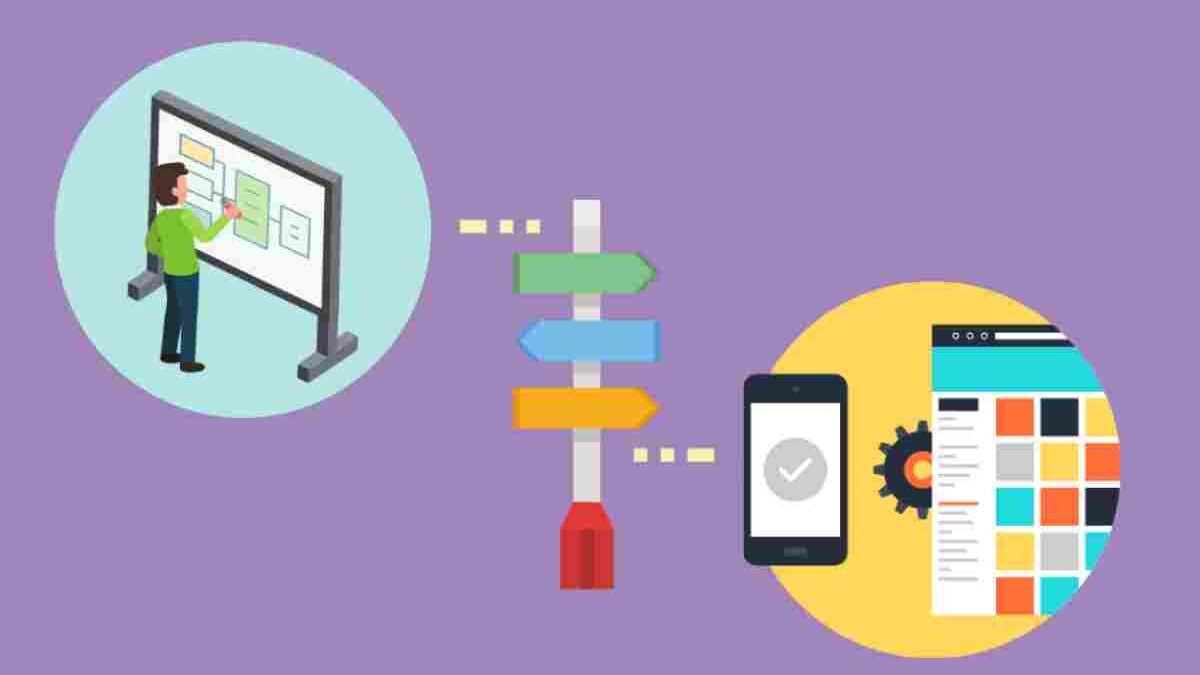Table of Contents
The Tug-of-War Between Innovation and Stability
As SaaS companies scale, one of the trickiest challenges they face isn’t technical it’s prioritization. Every customer account, internal stakeholder, and sales opportunity seems to come with a feature request attached. While it’s tempting to please everyone, trying to build everything for everyone almost always results in a bloated product and a distracted team.
At the heart of sustainable growth is a clear, confident product direction. The best SaaS platforms aren’t the ones with the most features—they’re the ones that deliver consistent, differentiated value.
Why Feature Requests Pile Up Fast
The requests never slow down. Enterprise prospects want custom integrations. Longtime users want advanced settings. Customer success wants dashboards. And sales, of course, is promising roadmaps you haven’t approved yet.
These tasks usually come with urgency and revenue attached, which makes saying “no” (or even “not yet”) feel risky. But when you try to do it all, the product loses clarity, usability drops, and the roadmap turns reactive instead of strategic.
So how do you keep everyone aligned without burning out your dev team or derailing your product vision?
Re-center Around Your Core Value Proposition
When prioritizing development, the first question should always be: “Does this strengthen our core use case?”
That sounds simple, but many companies skip this step—especially once they hit the $5M–$10M ARR range and expansion pressure sets in. Staying anchored to your product’s primary job-to-be-done helps filter out noise.
If a feature doesn’t directly reinforce the experience your platform is designed to deliver, it needs a higher bar for inclusion. Maybe it’s worth pursuing—but not at the cost of core usability, speed, or reliability.
A Scoring System Can Save Your Roadmap
One way to introduce objectivity into roadmap debates is through a simple scoring framework. Here’s a breakdown that can work well for growing SaaS teams:
- Customer impact: How many users will benefit? How deeply will it improve their experience?
- Revenue influence: Does this feature help retain existing customers or close key deals?
- Strategic alignment: Does it move the product closer to the company’s long-term vision?
- Development cost: What’s the time, complexity, and risk involved?
- Maintenance load: Will this feature create ongoing tech debt or support issues?
By scoring every request across these dimensions, you can stack rank opportunities more fairly—and defend decisions with logic, not opinion.
The Difference Between Requests and Patterns
Not every request should go straight into the product backlog. High-performing product teams look for patterns, not anecdotes. If one enterprise client asks for a specific feature, that’s interesting. If five others raise similar challenges, that’s a signal.
It’s also important to go deeper than the request itself. What outcome is the user actually trying to achieve? Often, there’s a simpler, more elegant solution than what was asked for.
How Growth Marketers Can Shape Product Strategy
Feature prioritization isn’t just a product conversation—it’s a growth lever. Your positioning, messaging, and GTM strategy all hinge on product capabilities. That’s why collaboration between product and marketing is critical.
This is where a B2B SaaS growth agency can provide a unique lens. By analyzing the types of leads you’re attracting, the questions prospects ask during demos, and what competitors are leaning into, an agency can identify feature gaps that impact acquisition and conversion. Their input helps shape a roadmap that supports both brand differentiation and scalable growth.
Dealing with Enterprise vs. SMB Needs
One of the biggest tensions in SaaS product development is serving both enterprise and SMB users. Their needs are often at odds—enterprise wants customization and compliance; SMBs want simplicity and speed.
The key is segmentation. Rather than trying to design one product for all, structure your roadmap to support modularity. That might mean:
- Building advanced features as add-ons or separate modules
- Creating permission-based access to certain tools
- Prioritizing self-serve UX for SMBs, while layering in admin features for enterprise accounts
Modularity lets you stay focused without alienating your broader market.
Saying “No” Without Burning Bridges
Declining feature requests doesn’t mean alienating customers. In fact, when done with transparency, it can build trust.
- Acknowledge the need: Let users know they’ve been heard, and you understand the pain point.
- Explain your process: Share how feature prioritization works—why certain things move faster than others.
- Offer a workaround: If possible, suggest alternative solutions that solve the core problem.
- Keep the door open: Tag requests in your feedback system so you can revisit them later if demand grows.
Most customers respect a company with a clear point of view—especially when it’s backed by strong product performance.
Final Thought: Clarity Drives Growth, Not Consensus
SaaS founders and product leaders often think they need to keep everyone happy to grow. But the opposite is true. Growth comes from focus—knowing your core customer, delivering outsized value to them, and evolving the product without diluting what makes it great.
Feature requests will never stop coming. What matters is having the discipline to separate the urgent from the important—and a process that helps your team build what matters most.

